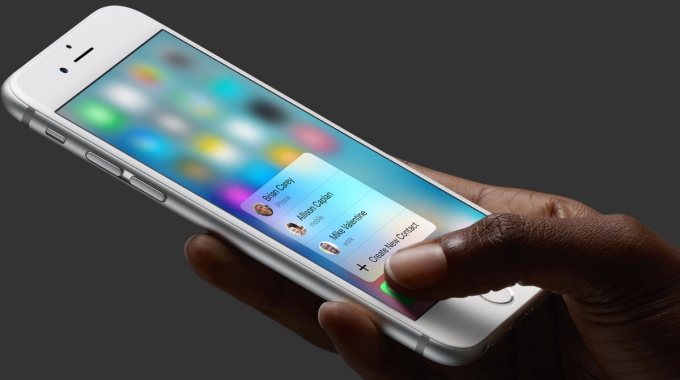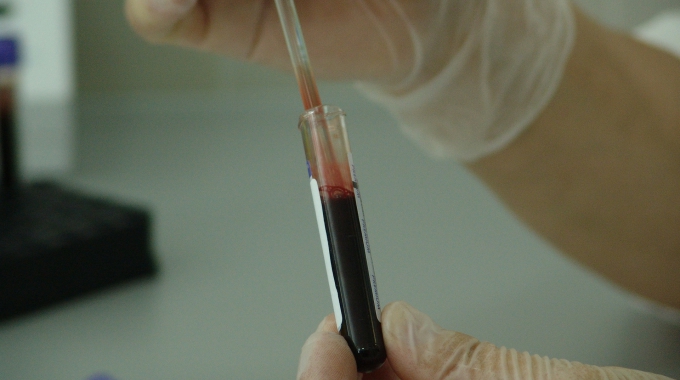The 10 Best Technology Advances of 2015
Each year, technology brings a wealth of advancement that could alter the future. Many of them are a long way from being viable, and some may never come to fruition, but the mere fact that each day is another chance for the world to solve the fossil fuel crisis, or cure cancer, is inspiring.
This year brought numerous, huge advancements across multiple fields. From holographic computers to a new blood test that could help aid the early detection of cancer. Everywhere you look, technology has a hand in pushing society forward, and closer to solving our biggest issues. It’s impossible to know which of these will go on to actually impact our daily lives but, at their earliest stages, the potential is enough.
It’s incredibly hard to make a list of the best advancements in science and technology for a year. Each one feels just as vital as the next, all in different ways and for different reasons. At the end of it, a few stood taller than most. These are the 10 best technology advances of 2015.
10. Computer on a Stick
Portable computers are nothing new. Every year, laptops, tablets, even smartphones get more powerful and more capable of handling most users daily computing needs. Still, two intriguing pieces of hardware released in 2015 took the entire hardware of a computer and squeezed it into a device slightly larger than a tube of lipstick, and for a fraction of a fraction of the price. Intel’s Compute Stick and the Asus Chromebit both turn any HDMI enabled screen into a computer. Neither device will blow you away with specs, but they open a wealth of possibilities for small businesses, education and more.
-

-

-

-

-

-

-

-

-

-

-

-

-

-

-

-

-

-

-

-

-

-

-

-

-

-

-

-

-

-

-

-

-

-

-

-

-

-

-

-
















































